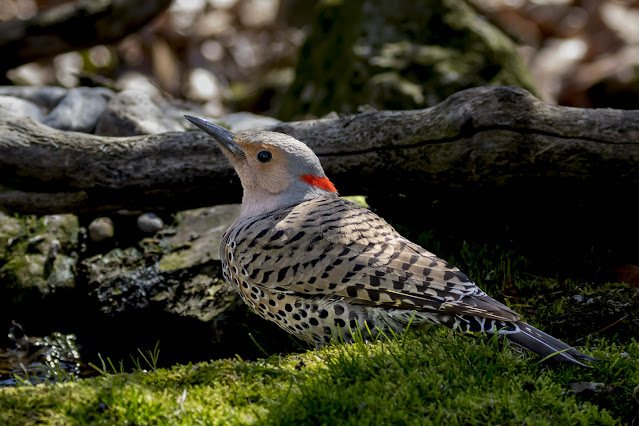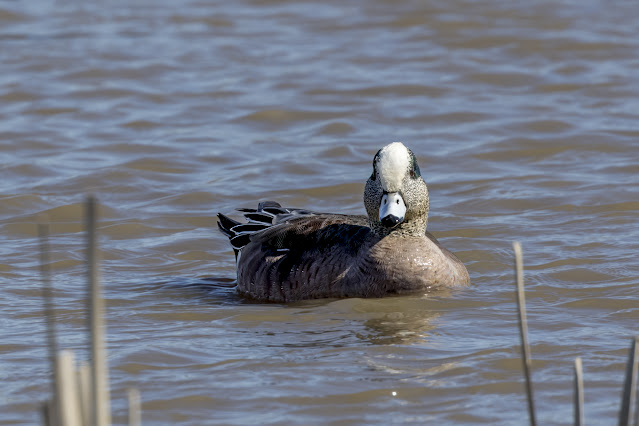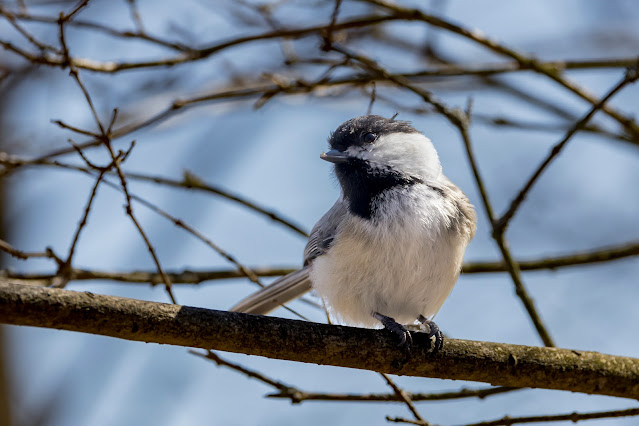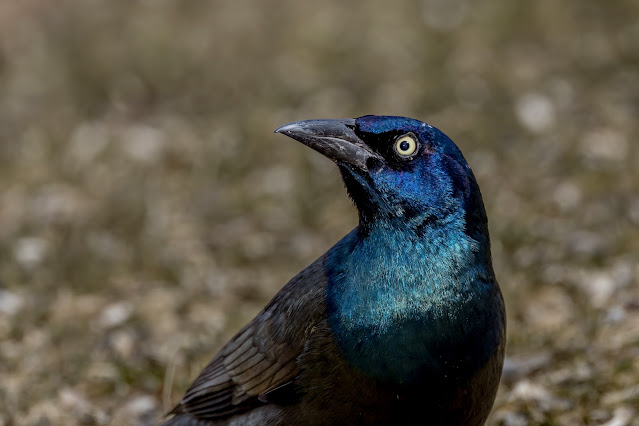Northern flicker.

Northern flickers started showing up a few days ago. We ave had them in the yard. This one is from April 24, 2022. Rondeau Provincial Park. Colaptes auratus Although it can climb up the trunks of trees and hammer on wood like other woodpeckers, the Northern Flicker prefers to find food on the ground. Ants are its main food, and the flicker digs in the dirt to find them. It uses its long barbed tongue to lap up the ants. source - allaboutbirds-org.























